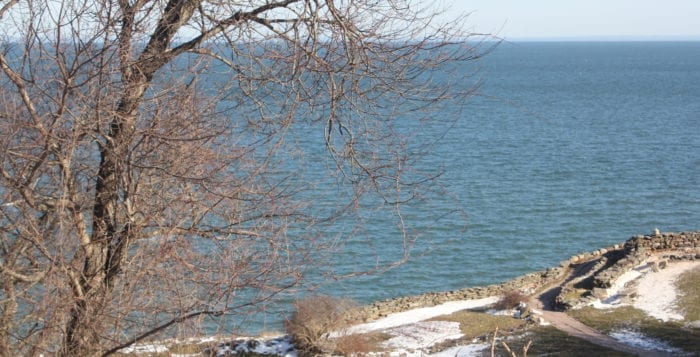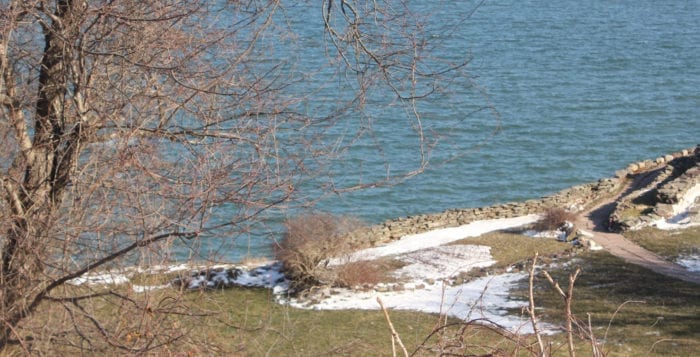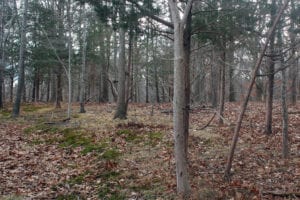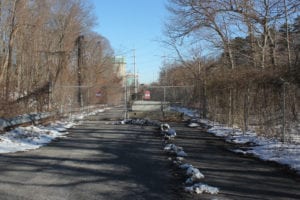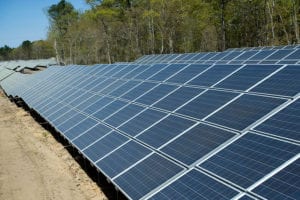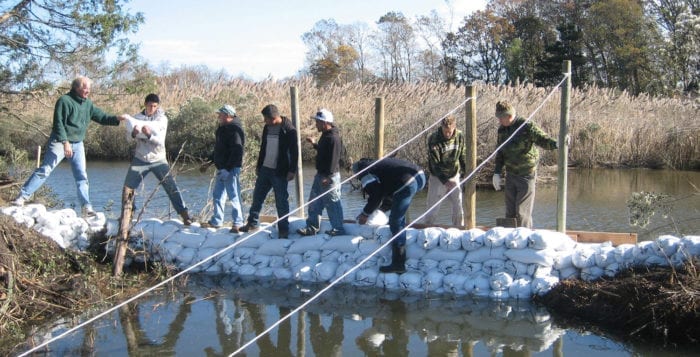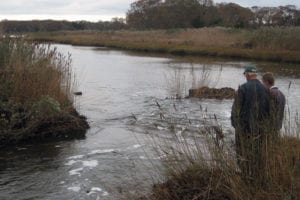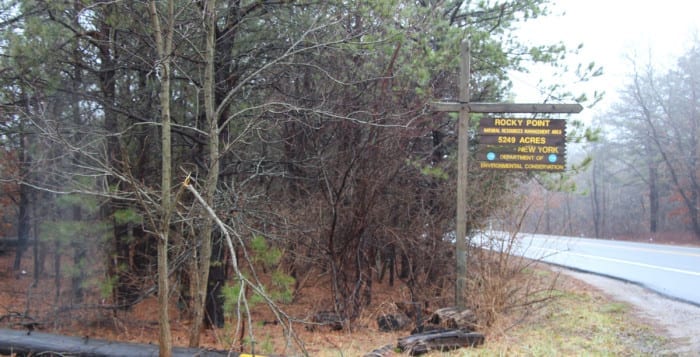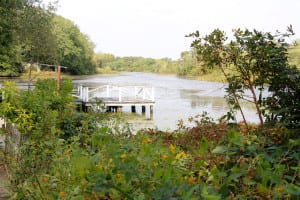To preserve it, they plan to purchase it.
For years, Assemblyman Steve Englebright (D-Setauket) and his colleagues have fought tooth and nail to make the scenic stretch of woodland surrounding an abandoned Shoreham nuclear power plant off-limits to
developers. In January, he co-sponsored legislation to prevent the site from being dismantled for solar farm installation.
And as of this month, under legislative approval in the state’s recently passed budget, not only has more than 800 acres of the site been added to the publicly protected Central Pine Barrens preservation area, as well as portions of Mastic Woods, elected officials have pushed for the state to buy the parcel of land altogether.
“[That] property is one of New York’s largest remaining original coastal forest tracts as its rugged terrain historically precluded farming activities and clear cutting.”
— Steve Englebright
Englebright announced Apr. 4 that, as per an agreement passed by state officials the previous week, roughly 840 acres of the property — made up of rolling hills, cliffs and various species of wildlife — is set to be
purchased from its current owner, National Grid, in increments over the course of a few years, beginning in 2019. He said he and his fellow officials will urge Gov. Andrew Cuomo (D) to fund the acquisition, projecting that it could cost between $20-$50 million. But a final price won’t be known until the land is appraised, he said. At this point, he said there is roughly $36 million in the state budget this year for land acquisition, from which funds can be pulled to begin the process.
He said National Grid has signed an agreement for the sale of the property and, since the acreage lies within the Shoreham-Wading River school district, taxes will be paid by the state on behalf of the school.
By turning the Shoreham land into state property, Englebright, as well as state Sen. Ken LaValle (R-Port Jefferson) and Brookhaven Town Supervisor Ed Romaine (R), longtime ralliers against ecosystem disturbance, hope to be able to better utilize its “unique natural characteristics” and improve its ground and surface water quality and coastal resiliency, as well as support tourism.
“We’ve recovered the Shoreham property and we’re stepping off into the direction of doing positive things, so stay tuned,” Englebright said. In his announcement at the beginning of the month, he said, “[That] property is one of New York’s largest remaining original coastal forest tracts as its rugged terrain historically precluded farming activities and clear cutting. Preservation of this museum-piece landscape as well as ensuring public access is a triumph for the protection of Long Island’s natural history heritage.”
“I think Long Island has made up its mind … and is in the process of putting a provision into their solar codes that say, ‘Thou shall not cut down trees for solar.’”
— Richard Amper
Last year, Englebright proposed building a state park on the site as an alternative to National Grid’s plan to bulldoze its forest to build a solar farm in its footprint.
Together with the help of LaValle at the beginning of the year, Englebright drafted a bill calling for the expansion of the Central Pine Barrens to protect the Shoreham site and Mastic Woods — a 100-acre parcel also in danger of being deforested for a solar farm.The elected officials argued against “pitting greens against greens,” saying that while solar panels provide an important renewable energy source, they should not be installed “on pristine ecosystems.” Cuomo ended up vetoing that bill, but passed the Shoreham portion of it less than a month later.
The Mastic acreage is still slated for a solar farm installation to Englebright’s dismay, but he said he’s not giving up on saving it.
“My hope is that we can still see some leadership at the state level to provide alternative sites for solar development,” he said, suggesting the state office building in Hauppauge, which includes a large section of parking lots. “We should encourage solar installation, but work to move the project to a more worthy, and less destructive, site.”
Richard Amper, executive director of the Long Island Pine Barrens Society, commended the purchase of the property.
“This is one of the most important [proposed state] acquisitions in the history of the Pine Barrens and other woodland preservations over the years,” Amper said. “I think that it’s terrific that we are still protecting our woodlands. I think Long Island has made up its mind … and is in the process of putting a provision into their solar codes that say, ‘Thou shall not cut down trees for solar.’”

